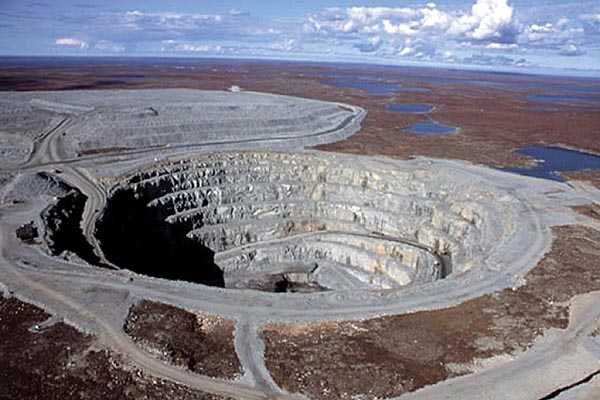SADC forecasts mining boom by 2017
Urges member states to upgrade their transport networks
Several companies explore mineral assets
An expert has urged Botswana to move with speed to upgrade her transport network and facilities as there are high chances of an increase in traffic volumes due to expected increase in mining activities in the next decade within the Southern African Development Community (SADC) region.
Programme Manager & Technical Adviser for the Tripartite, Transport and Trade Facilitation Programme [TTTFP] in the SADC Secretariat’s Infrastructure & Services Directorate, Lovemore Bingandadi, said the region should brace itself for an increase in traffic volumes.
He said this is likely to be the case particularly in Botswana which has many mining projects in the pipeline and would need proper transport network to carry the mining materials. Bingandadi said although currently there is adequate transport infrastructure to carry some of the mineral output mined in Botswana when using Durban or Beira routes, by either road or rail, there is likely to be challenge if it is not upgraded in the coming ten years.
He said they did a 15-year projection of up to year 2027 and envisioned that there is going to be a boom in economies leading to more activities in the transport business.
“When the country starts fully exploiting a significant portion of the vast mineral particularly coal reserves that Botswana has, then under that scenario, we will start running out of capacity, especially port capacity in the region,” said Bingandadi. Several companies are currently eyeing Botswana’s mineral assets such as coal, diamonds and coal bed methane.
Bingandadi said the countries are responding to those possible future challenges as the Walvis Bay and Durban ports are currently being upgraded. The official also added that Mozambique is also developing three more ports in addition to Maputo, Beira and Nakala.
“All this is in anticipation of the growth of traffic to the year 2027 and if those ports are expanded by the date, then we’ll no longer feel that constraint,” said the SADC expert.
He said authorities always face a dilemma on whether to take a supply driven approach or demand driven approach when setting up transport network.
“Transport is a challenge in the sense that you have to make a decision to say ‘do you wait for the demand to be created before you respond and provide the transport infrastructure or first construct it hoping that it will stimulate the mining sector to move into production.’
“So that is the biggest challenge that any country faces when it comes to the provision of transport,” he said. Bingadadi mentioned that when the Botswana government constructed the Trans Kalahari road it led to a dramatic increase in transport volumes.
“When the Trans Kalahari road was constructed, the vehicle count was less than 20 per day and most people thought it was madness including the World Bank but years later we now have more traffic that now justifies the investment that was made to stimulate trade between Botswana and Namibia and even now South Africa is using that corridor to import and export its products,” said Bingandadi.






